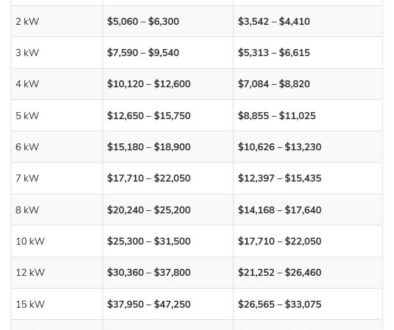Net Billing vs. Net Metering 2.0
On March 15, 2021 – The Solar Energy Industries Association (SEIA) and Vote Solar are calling on the California Public Utilities Commission (CPUC) to adopt a compensation framework for future residential solar customers that promotes equity and incentivizes sustainable market growth: net billing.
Under net billing, customers with DG assets would pay retail rates for energy delivered to them by their utility, and receive a separate payment as compensation for the excess energy that they generate.
As California looks to meet its 100% clean energy goal cost-effectively and reliably, distributed generation (DG) and storage will play a central role. It is imperative that California prioritize solar accessibility and fairly compensate solar customers for the value that local and resilient clean energy delivers to the grid.
The proposal provides a gradual phase out of net energy metering for future general market residential solar customers from 2023-2027 but preserves the current compensation structure for lower-income customers, helping to reduce their energy burden. The proposal satisfies cost effectiveness tests for general market residential customers without discriminatory fixed charges that reduce the economic benefits of installing solar and energy efficiency measures.
The CPUC is considering next steps on net metering and g third iteration of the program, with a final decision expected by the end of 2021. Next, the two organizations will present the proposal to stakeholders and testify before the CPUC.
What is Net Metering? NEM 2.0: California’s net metering policy
The original policy for net metering in California was very simple: for every kilowatt-hour (kWh) of solar electricity you feed into the grid, you get a bill credit for one kWh of utility-generated electricity. When your solar panels produce more than you need, you “bank” the excess to use when your panels don’t produce enough to meet your monthly use. If your system is the right size, net metering makes it possible for you to cover your electricity use for the entire year with solar.
Net Metering 2.0 makes a few minor changes to California’s original net metering policy, but it preserves the key element that makes solar economical for California residents: retail rate bill credits. Homeowners and businesses that enroll in NEM 2.0 will still receive per-kWh credits for their solar electricity that are equal to the value of a kWh of utility electricity. This means that the economics of solar are still very favorable under NEM 2.0.
In addition to preserving retail rate bill credits, the new California net metering program also prohibits many fixed charges for residential customers, including demand charges, grid access charges, installed capacity fees, and standby fees. NEM 2.0 will run until 2019, at which point the CPUC will look at establishing a new program that is designed to account for the benefits of solar in different locations and at different times.
San Diego Gas & Electric switched over to NEM 2.0 on June 29, 2016, and Pacific Gas & Electric on December 15, 2016. Southern California Edison didn’t reach its cap and switched over on July 1, 2017. In short, since July 1, 2017, all major investor-owned power utilities in California operate under NEM 2.0



